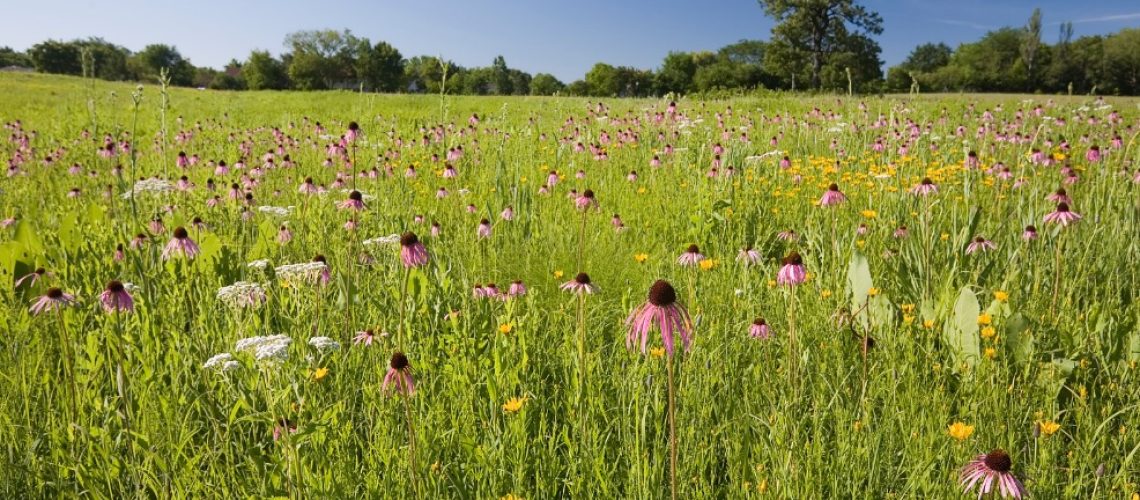Fond of Texas wildflowers? Learn how to bring them to your own yard by creating a pocket prairie or wildflower patch! Pocket prairies are unique landscape features that are low water use, low maintenance, and have a variety of benefits.
What is a Pocket Prairie?
Prairies are areas across North America that are too wet for a desert but too dry to grow large forests. Instead, prairies host a sea of grasses and flowers of all shapes and colors. Much of North Texas was historically covered in prairie.
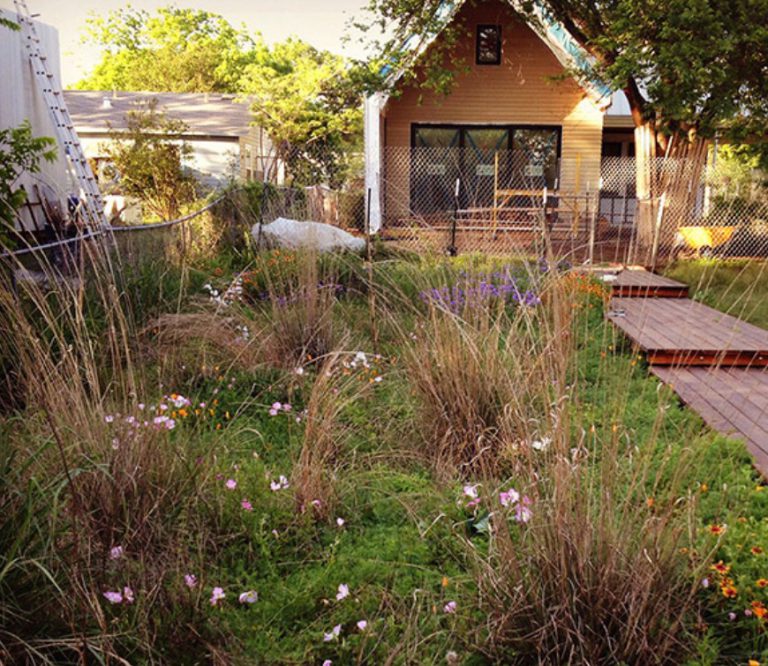
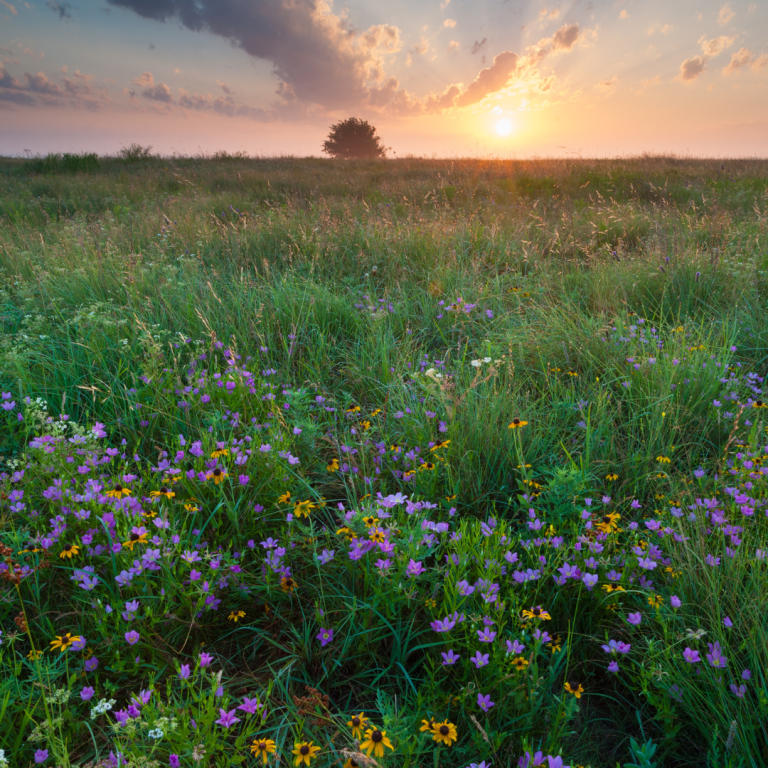
Pocket Prairies are a small-scale version of these natural prairies that historically covered much of Texas. They can be as small as a corner of your backyard while still providing many benefits.
Pocket Prairies have a mix of flowers and grasses, more like natural prairies have.
Wildflower Patches have more wildflowers.
Why Pocket Prairies?
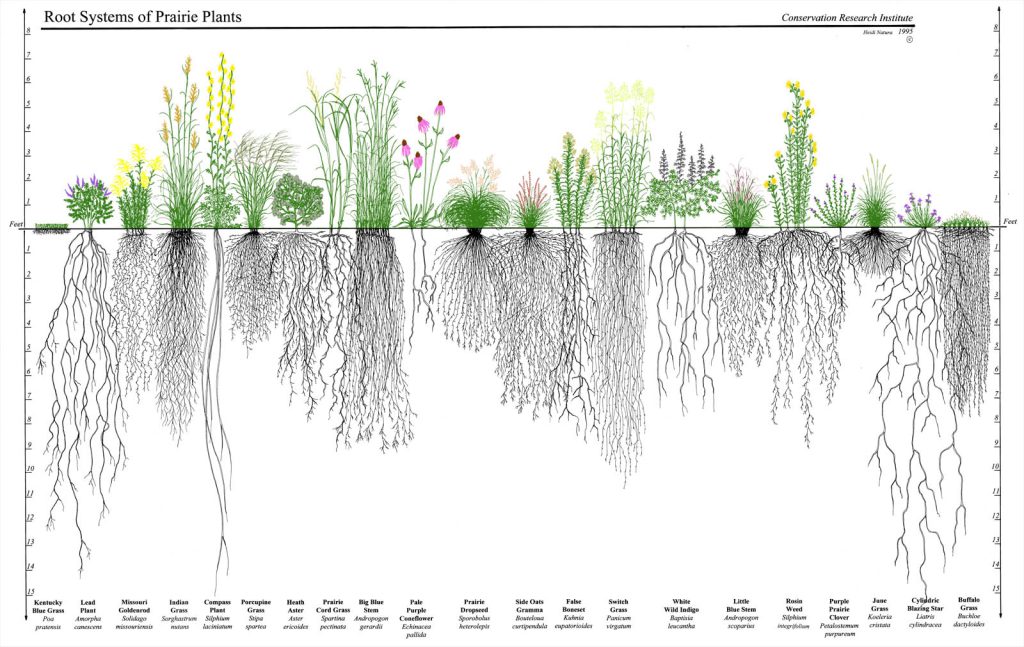
At first glance, prairies might not seem like much, but underneath the lush grass thrives an underground forest! Native grasses have extensive root systems that help to recharge groundwater, prevent erosion, absorb carbon, and filter pollutants.
Prairie vegetation also helps to reduce flooding, slow down stormwater runoff, and reduce pollution entering our waterways.
Prairies are also home to a diverse set of plant species found nowhere else, providing wildlife and pollinators essential food and shelter.
Today, prairies only cover about 1% of their original region due to agriculture and urban development. Incorporating pocket prairies into your home can help to restore lost habitat and protect our environment!
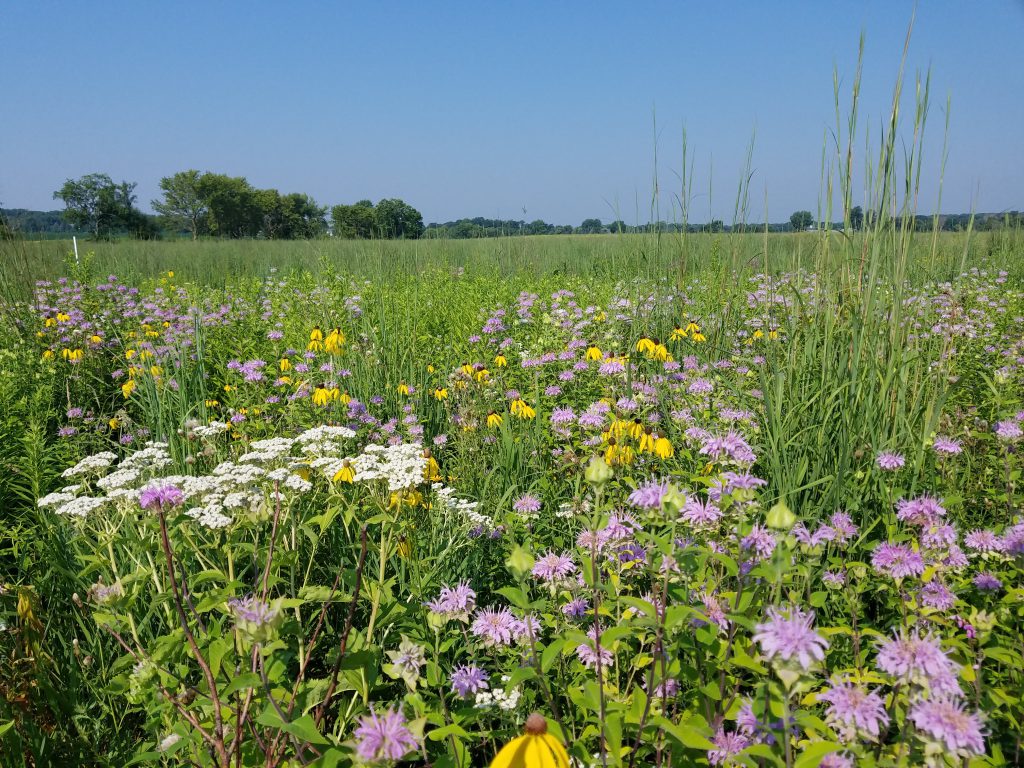
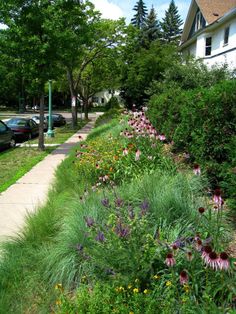
In our home landscapes, pocket prairies are a beautiful and interesting feature that need little to no watering or maintenance.
Pocket Prairies and Wildflower Patches are perfect for areas of your landscape that stay particularly dry, such as areas where the sprinkler system doesn’t reach or the parkway area between the sidewalk and street.
How to Get Started!
Pick Your Site
Pick a sunny spot – You want your prairie to be in an area with lots of sun and good drainage. Areas that seem too hot or dry are perfect.
Be familiar with your soil type and moisture – Knowing your soil type and moisture level will help you determine the species of plants that will thrive in your area. If you live in North Texas, you probably have clay soil and most native Texas plants will do well.

Prepare Your Site
Now that you’ve got your site picked out, it’s time to clear it of any weeds or sod. This step is important in making sure your seedlings have a chance to grow. It’s best to start the weeding process early to get as many weeds out as possible. Here are a few methods to prepare your site:
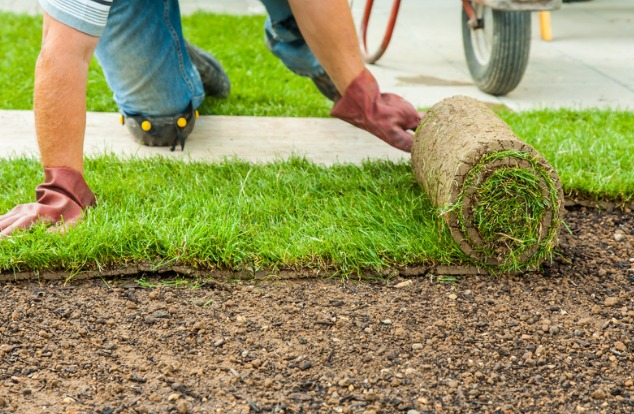
Method 1: Sod Removal
Water: Water your site 24 hours before removing the sod. This will help to loosen up the soil.
Cut: With a sod cutter, cut strips into the site and remove. You can purchase or rent a sod cutter locally if needed, or use a flat shovel for manual removal. The rolled sheets of sod may be composted into mulch; however, be wary about accidentally transferring unwanted seeds onto your cleared site.
Plant: Plant seeds directly onto the bare soil.
Method 2: Hand-weeding
If you only have a few weeds to take care of, hand-weeding may be a good option. With your bare hands or help from a tool such as a winged weeder, pull the entire weed with roots intact. Pulling weeds with its entire root will help prevent regrowth.
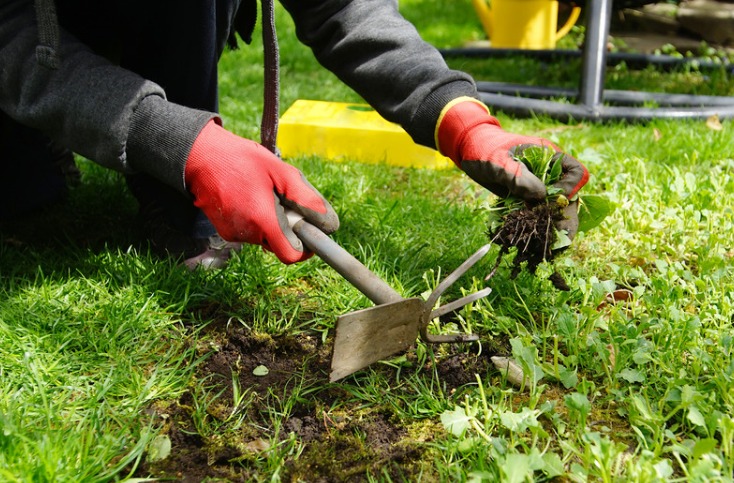
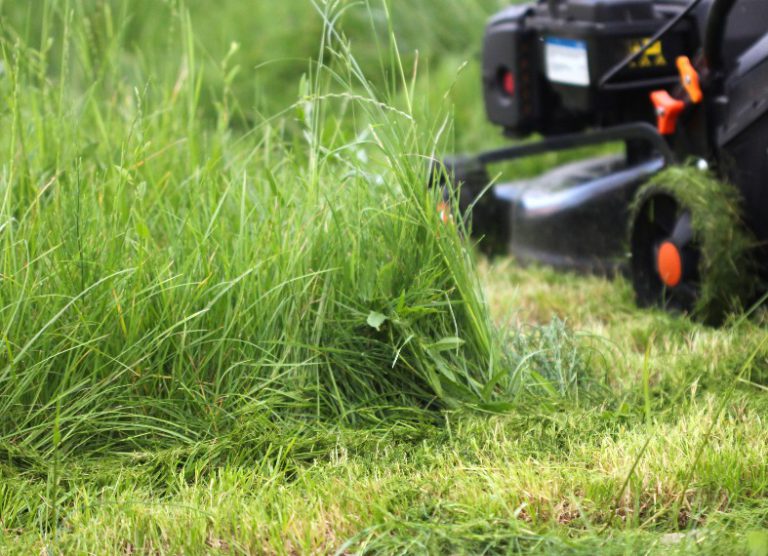
Method 3: Mowing
If you have too large of an area to completely clear, mowing can be a quick and effective option, depending on what type of plants you already have growing. The key is to mow the weeds before they reseed to prevent any more weeds from sprouting. This method may not be a permanent solution and may need to be done several times until your prairie establishes itself. If you have more aggressive weeds growing, like Bermuda or Johnson Grass, mowing will not be an effective method.
Method 4: Solarization
This method is a great option for areas with aggressive weeds. Although there is minimal maintenance, a 2-5 month period is needed to complete the process.
Equipment needed:
- Mower
- Clear UV-stable plastic
- Tools to dig trenches
- Greenhouse repair tape or Clear packing tape (optional)
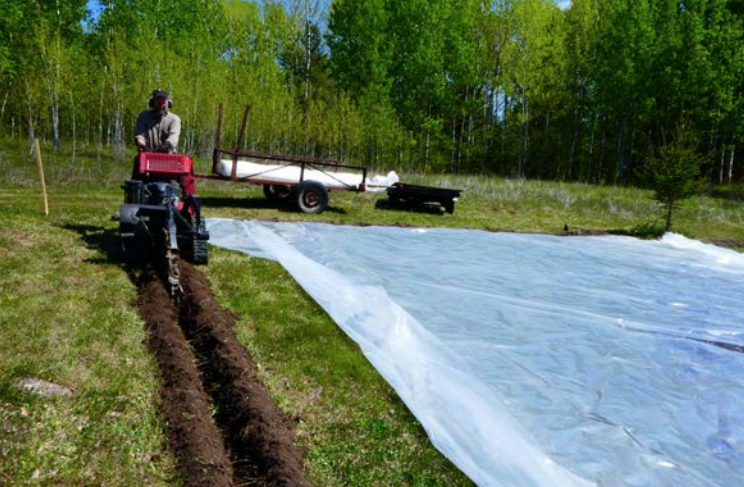
Steps to Solarize Your Site
1. Mow: Mow site low in late spring or early summer. This will prepare area for planting after weeds are gone. Avoid additional disturbance as it may promote weed growth.
2. Trench: Dig a trench around the perimeter of the site to at least 4″ deep. The trench is optional but it holds the plastic down and prevents plant growth from the sides.
3. Prepare site: Ensure site is free of large rocks or any object that may pierce the plastic. Verify that soil moisture is not excessively dry, if so, deeply water site.
4. Cover site with plastic cover: Place plastic over site by pulling it taut on either side and burying the edges into the trench to prevent airflow. It may help to weigh down the center of the plastic with rocks or bricks to prevent uplift.
5. Check regularly: If needed, mow area around the perimeter to control weeds and prevent seeds from entering the site. Its best to check the cover for punctures from wildlife or weeds regularly. If there’s a puncture, quickly repair it with the greenhouse repair tape or clear packing tape.
6. Ready for takeoff? After the hot summer, check under plastic for plant growth. If the plants are all dead, you are ready to plant in fall. If there is an excess amount of weeds, then leave the plastic cover on through the winter and reassess the following year.
7. Plant: If there are still weeds left, remove weeds by hand with the entire root, if possible. Then immediately plant or transplant your prairie grasses and flowers.
Planting Your Pocket Prairie!
When to Plant
The best time to plant your pocket prairie or wildflower patch is the fall, but the spring is fine too!
It is more important to time your planting with the rain, rather than time of year or timing of freezing weather. Plant seeds and plants when there is the best chance to have consistent rain for the next few weeks.
Most seeds and native perennials can withstand below freezing temperatures. The winter will help to break the seeds out of dormancy and ready them for spring!
What to Plant
When we talk about wildflowers, we are talking about annual and perennial flowers. Annual flowers die and regrow from seed each year. Perennials continue living from year to year. It is best to plant annuals and grasses with seed, but perennials are best planted as mature plants. Perennials can grow from seeds too, but they take longer and have lower success rates.
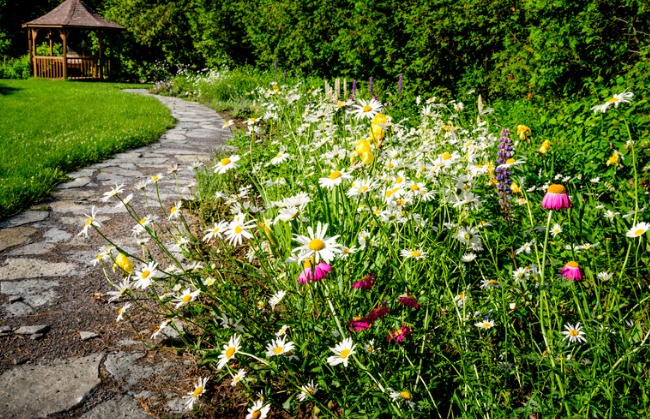
Planting Procedure
- Start from bare soil if possible. You can seed or plant into existing vegetation, but the success rate may be lower.
- Use a rake to lightly disturb the top inch or so of soil. Even out the surface. Do not till the soil.
- Most native plants are used to our native clay soils, so it may not be necessary to add any soil amendments. To add to soil drainage, add expanded shale. To add organic matter, add compost or mulch.
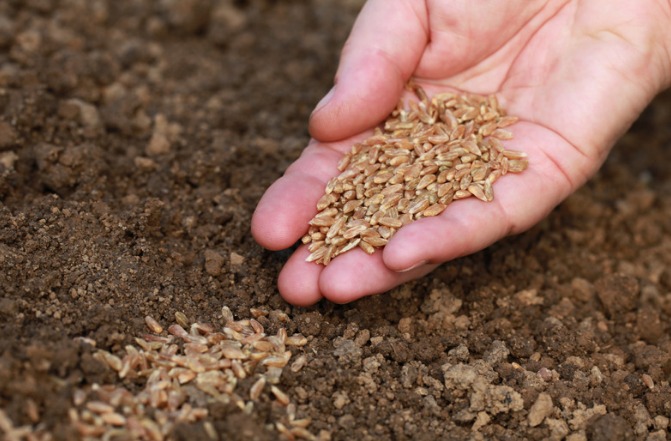
- Spread seeds evenly on whole surface. If you are using a seed mix, spread by hand. Light seeds and grass seeds will float to the top of a seed spreader and result in an uneven spread.
- Seed according to the rate listed on the seed mix you are using. For Native American Seed, they will list a garden rate and a range rate. Use the garden rate for a pocket prairie.
- Gently press seeds into the surface of the soil. You can do this just by walking on the seeded surface.
- Plant any mature plants.
- Water in well.
All About Plants!
The great thing about native prairie plants is that they don’t need much water to stay happy in our Texas heat. They have long root systems that help them absorb water more easily than non-native plants. Our native wildlife also prefers native plants. Choose native grasses and flowers to grow in your pocket prairie!
Native American Seed has many great seed mixes that you can use to get started.
Browse the Lady Bird Johnson Wildflower Center’s Blackland Prairie or Cross Timbers lists for more suggestions.
Wildflower.org also has lists for pollinators like butterflies, bees, and hummingbirds.
Filter by soil type and blooming season at the Native Plant Society of Texas.
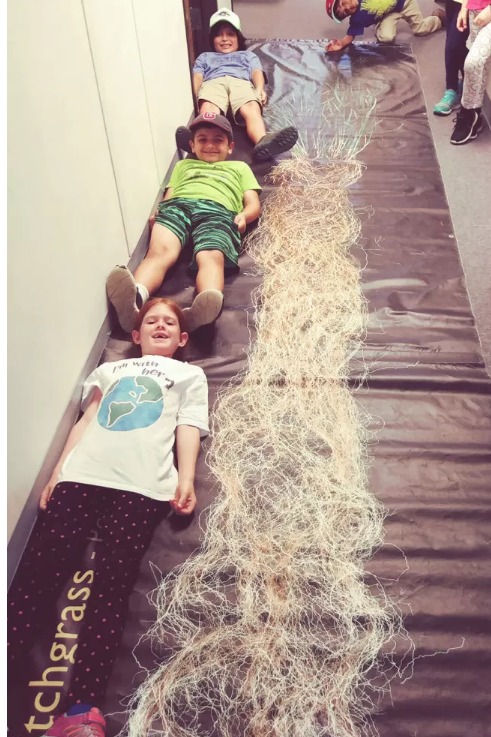
Prairie Plant Suggestions
Grasses
Big Bluestem – Andropogon gerardii
Little Bluestem – Schizachyrium schoparium
Indiangrass – Sorghastrum nutans
Switchgrass – Panicum virgatum
Sideoats Grama – Bouteloua curtipendula
Buffalograss – Bouteloua dactyloides
Blue Grama – Bouteloua gracilis
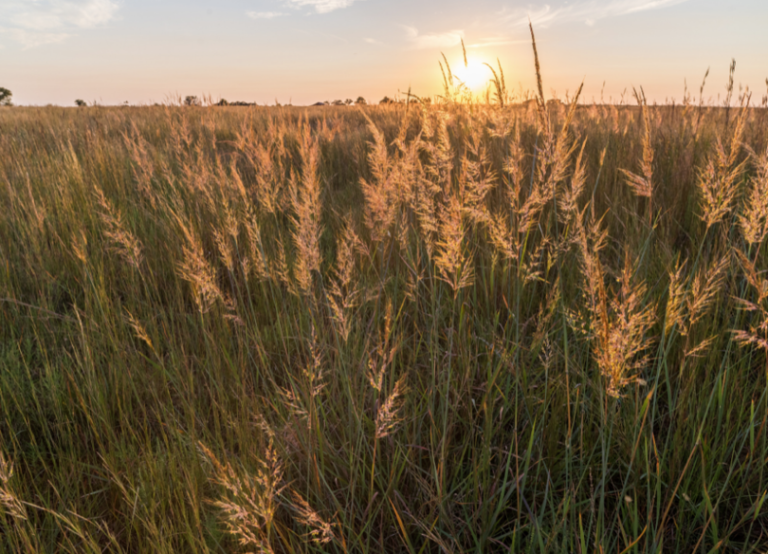
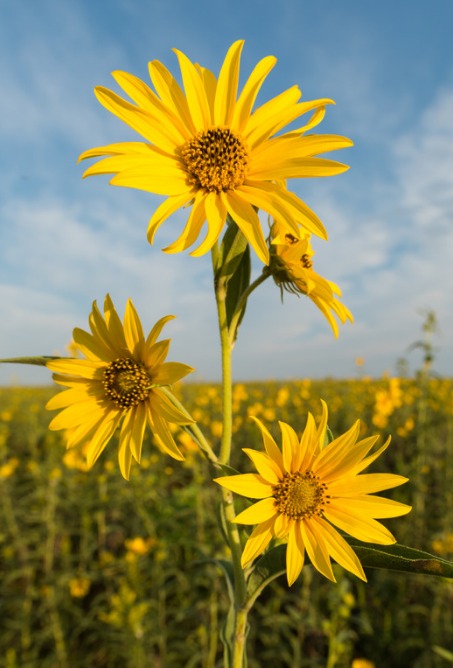
Flowers
American Basketflower – Centaurea americana
Maximillian Sunflower – Helianthus maximiliani
Indian Blanket – Gailardia pulchella
Lemon Beebalm – Monarda citriodora
Prairie Verbena – Glandularia bipinnatifida
Prairie Blazing Star – Liatris pycnostachya
Illinois Bundleflower – Desmanthus illinoensis
Purple Coneflower – Echinacea purpurea
Maintenance
- Keep new seeds and plants damp for the next 2-4 weeks. Use rain if possible, add supplemental irrigation if needed.
- Pull weeds as needed. Alternatively, mow at a 6 inch height when weeds get above 6 inches tall and seedlings are still shorter than 6 inches.
- Be patient! It can take time for plants to grow from seed.
- Once your plants begin to grow, mow, string trim, or hand prune at a 6-8 inch height in late winter. If needed, trim in late summer as well, or when removal of dead flower heads is desired.
- Once your pocket prairie is established, don’t water too much, if at all. Watering promotes weed growth.
- Reseed as necessary. Some plant species spread easily and others do not.
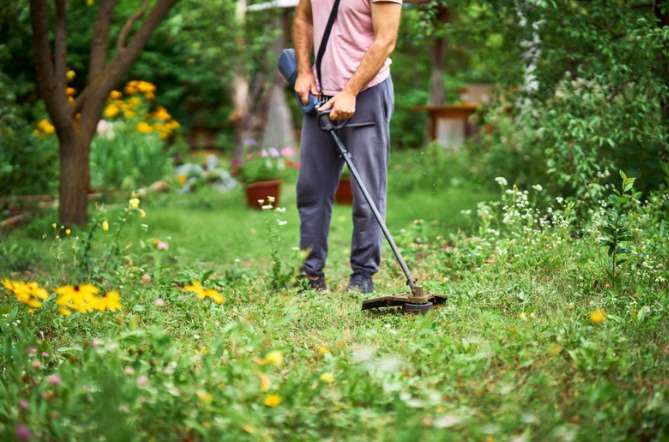
Tips for a Tidy Prairie
- Add a pathway! Adding a pathway can be an easy way to make your garden look put together. Try using stone, mulch, or even a short grass such as our native turf — Buffalo Grass.
- Add a birdbath—or a few! Not only will it look great, you’ll be greeted with many birds and butterflies in your garden!
- Use garden art! Adding art is a fun way to make your garden unique and put together. You can use sculptures, lights, furniture, and other ornamental pieces. You can even change it up to fit the season!
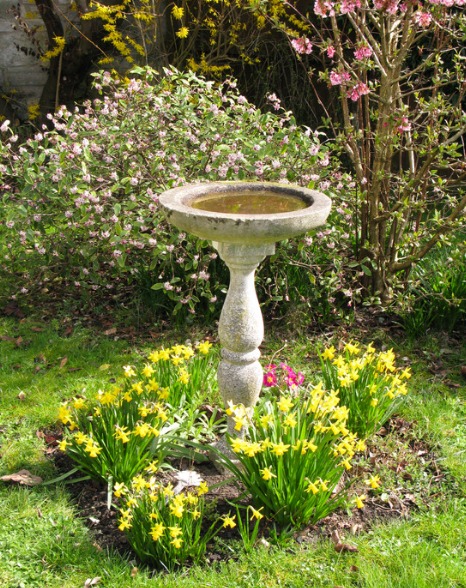
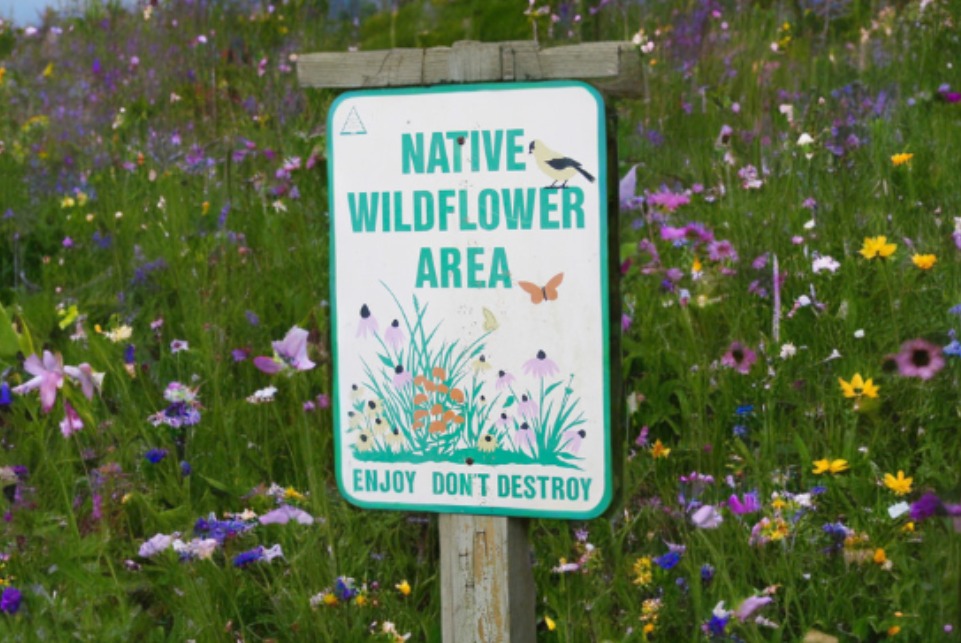
- Post a sign! Consider placing a sign in front of your garden to let your neighbors know that your pocket prairie is a natural oasis, and not a weedy jungle!
- Winter clean-up For a tidier look, remove and rake up any dead plants that have reached the end of their season.
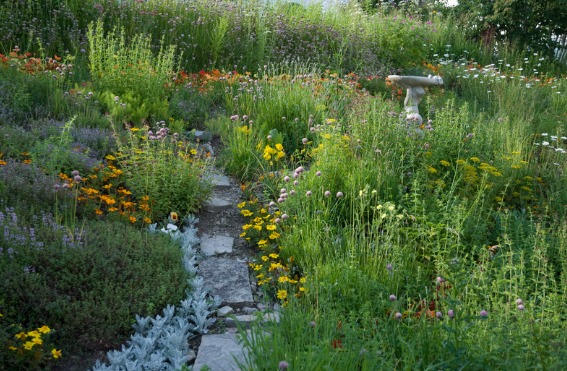
Now you are ready to create your own pocket prairie!
For more on pocket prairies, visit Lady Bird Johnson Wildflower Center.

